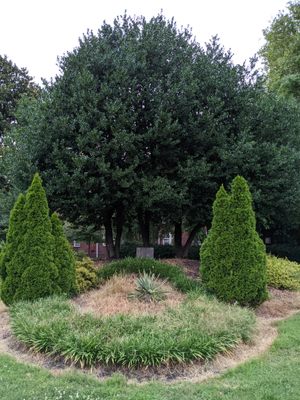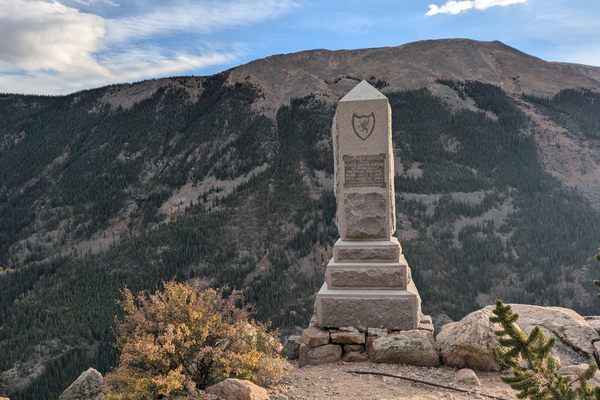About
In the Ghent neighborhood of Norfolk, Virginia, a triangular lot too small to be a real park sits at the intersection of Hampton Boulevard and Princess Anne Road. You would never guess it by walking through this quiet, suburban neighborhood, but this is a mass grave.
These days Hampton Boulevard is a busy road leading to the Midtown Tunnel and the Port of Virginia, but long before trucks hauling containers from all over the world began rumbling past, this was rural area a couple miles outside of the City of Norfolk.
In summer 1855, a ship from West Indies accidentally brought along mosquitoes. Those insects brought yellow fever to Norfolk, and the disease spread quickly to the surrounding area. It's estimated that a third of the population of Norfolk died before the epidemic ended, including the city's optimistic young mayor. Thousands more fled the city.
With hundreds dying each day from a little-understood disease and gravediggers unable to keep up, mass graves became the preferred burial method. It's unknown how many were interred in the pit beneath this lot, but the number is likely in the dozens.
This part of Norfolk's history was nearly forgotten, but thanks to the efforts of a local Girl Scout troop a plaque commemorating the yellow fever epidemic and the grave was placed in the tiny park. The little lot and its marker bear silent witness to one devastating summer.
Related Tags
Know Before You Go
Parking is on the street in a residential area- two hour parking without a city parking pass. As a city park, the space is closed sunset to sunrise.
Community Contributors
Added By
Published
February 6, 2017


































